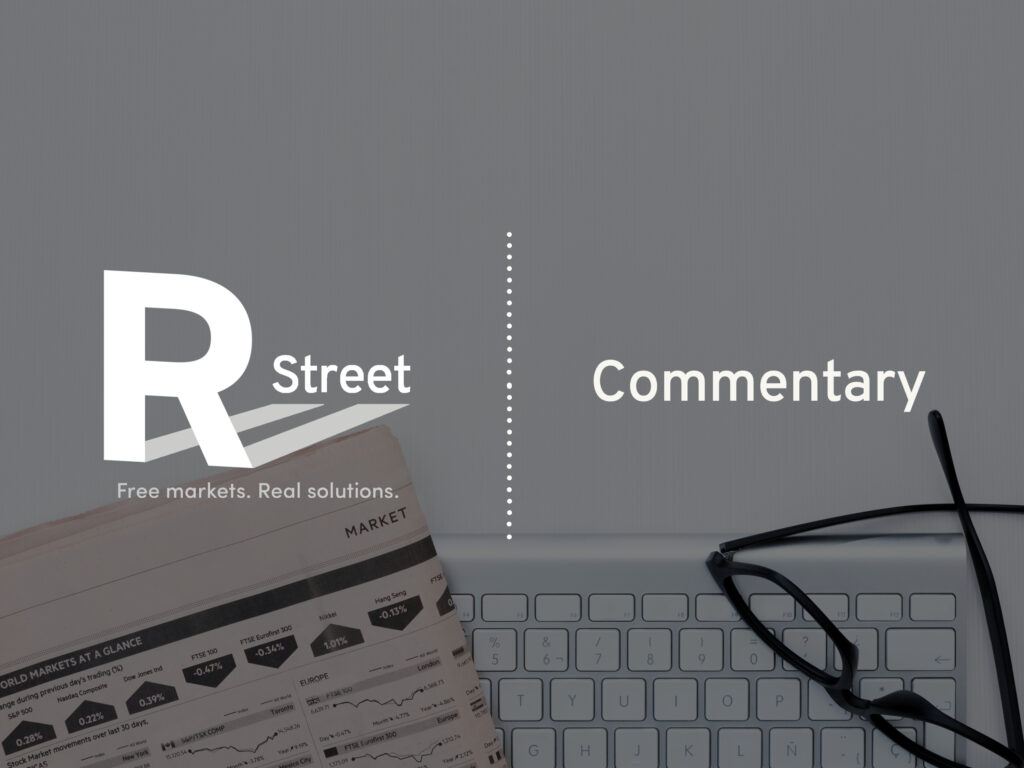USPS universal service obligation has outlived its usefulness
When news broke in March that the Monkton General Store was in dire straits, the community rallied, buying it at least a temporary reprieve. The same hasn’t been true elsewhere — especially in the southern half of the state. A year earlier, the Kmart in Bennington closed shop. The demise of the Hobby Lobby in Rutland occurred just this spring. Staring at each vacant storefront, Vermonters are left questioning why.
While stores close for many reasons, the rise of online shopping is certainly a major part of the story. It has meant fewer customers walking into brick and mortar stores, be they big national chains, locally owned specialty retailers, or stores in between. Sometimes, people turn to shop online because websites provide better service, with more options reliably in stock. Other times, it’s simply more convenient for them to purchase goods without the hassle of leaving home.
But for many, it’s a matter of price, with the normalization of free shipping making it cheaper to buy online and wait rather than drive to a store to buy the item in person. In a rural area like this one, the latter is often the biggest concern for the average shopper.
But is that the natural state of things today? Is e-commerce simply better than the old retail model, or are shoppers being pushed online by forces beyond their control? To some degree, that’s absolutely happening, with a firm shove to e-commerce coming from the ongoing rise of packages carried by the United States Postal Service.
The rise of e-commerce in rural areas like this one has come, at least in part, because USPS was designed as a means to subsidize rural communication. Its universal service obligation requires its rates to be standardized across space. Stamps cost the same whether you’re mailing down the block in the city or between two small towns. Package prices follow a similar model, despite the cost of delivery being dramatically different.
While this has been a boon to rural consumers, the universal service obligation isn’t all roses. We need to weigh the value of receiving subsidies for package delivery against the cost to communities when residents choose the online option when they shop.
But changes may be coming, and those changes could unwind some of the subsidies that drive Vermonters to shop online. The Postal Service is struggling to make money. Mail volumes are plummeting, and the agency loses billions each year. It simply cannot afford to provide new subsidies in places like Vermont, where delivery is expensive. So policymakers are looking for answers.
Changing how USPS handles e-commerce packages is one option they’ll reckon with. In his testimony in a recent Senate hearing, Commissioner Robert Taub discussed the potential for formalizing the meaning of universal mail service. Any redefinition would likely mean limits on USPS involvement — and federal subsidies — in expensive, small-town e-commerce deliveries.
When Congress tasked the Postal Service with making the cost of mail the same everywhere, it did not envision the rapid rise of e-commerce in the everyday lives of Americans. And lawmakers certainly didn’t envision what would happen to stores like the one in Monkton when rural mail subsidies played second fiddle to rural package subsidies. But change is coming; worsening USPS finances will eventually force their hand.
Which means there’s hope for a retail renaissance for Vermont’s small town retailers. They just need to hold out for a few more years.
Image credit: Jessica Kirsh
Featured Publications
CFPB Credit Card Late Fee Goes into Effect
Market Gateways, Not the EPA, Determine Power Sector Decarbonization
Artificial Intelligence Legislative Outlook: Spring 2024 Update
Spotlight on Criminal Justice: Observing National Child Abuse Prevention Month – April







